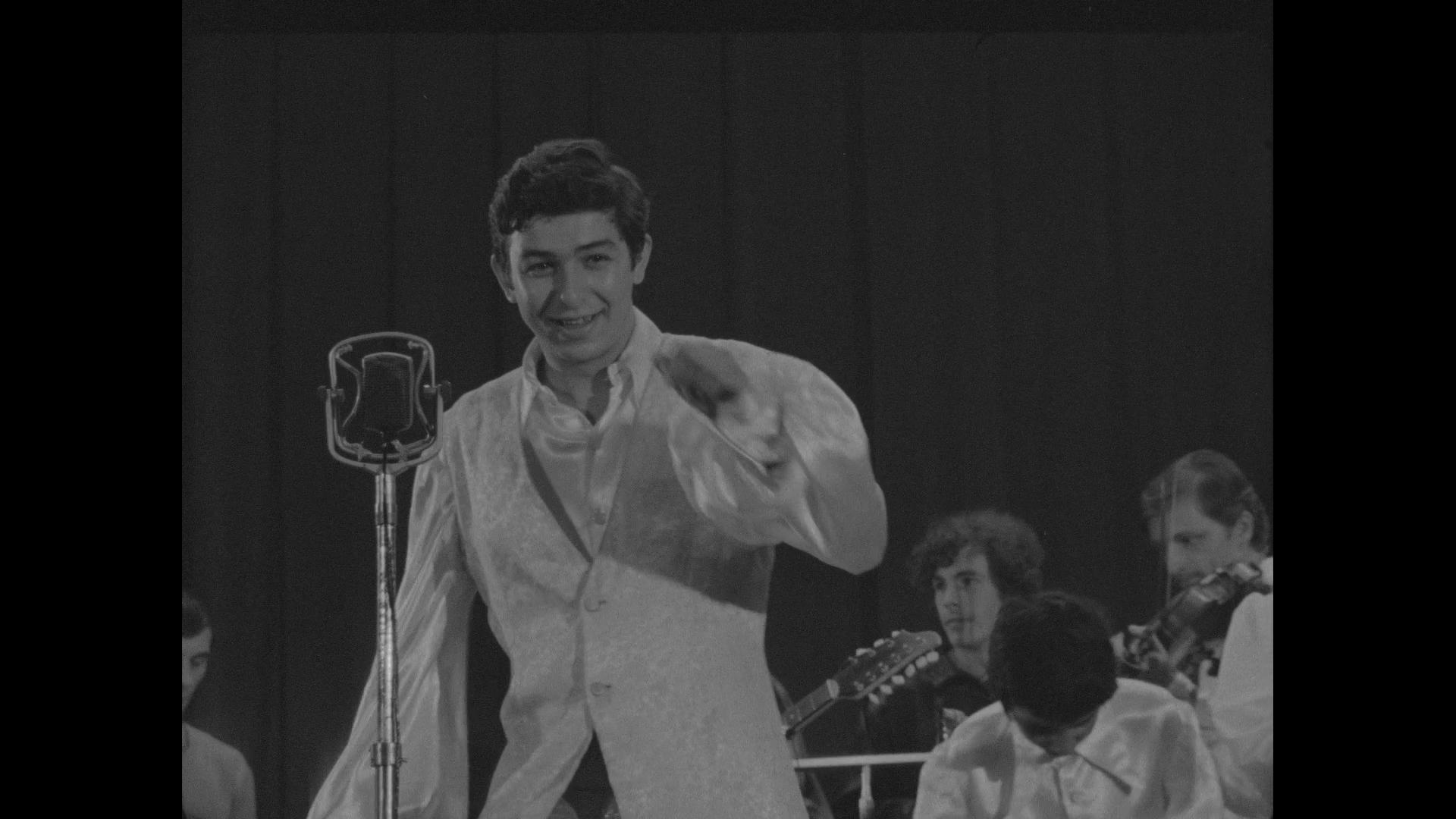
Emigranci, a play directed by Abdellah Drissi, Instytut Teatralny archives, 1976
(2. 3)
EMIGRANCI
The young Moroccans who studied in Poland in the 1960s and 1970s were often politically engaged against the repression raging in Morocco, particularly after the events and protests of March 1965, which were brutally quelled by the authorities.
The Moroccan film students often arrived in Poland upon the recommendation of members of the Moroccan Communist Party. Considered to be “political opponents”, they received neither help nor scholarship from the Moroccan government. They therefore had to live solely from the scholarship offered by the Polish government.
Although they received their scholarships from Poland, they did not refrain from taking a critical look at their host country. They explored the margins and social realities in their student films, reflecting on racism and the gaze on “the other”.
“The socialist context was similar to the Moroccan context. There was censorship and control by the public authorities. One had to insinuate ideas without the authorities finding a way to stop them. Our experience in Poland helped us to outsmart the authorities.”
Abdelkader lagtaa, 2018
PWSTiF archives, Łódź, 1967

Unchodzcow Arabskich [Arab Refugees], photographs taken in Palestinian refugee camps by Roupen Vosguimoroukian, a student at PWSTiF in Lódź, Dziennik Łódźki, n°135, 1969






WATCH THE FILM ︎
Film stills from Radość życia [Joy of Life] by Oscar Gamardo, 4 min, 1967, PWSTiF (Lódź Film School)
Camera: Michal Bukojemski - Editing: W. Szczapa - Sound :T. Pałczyński - Supervision : J. Bossak, K. Karabasz
In the countryside, an anonymous painter paints the walls of his home. His work arouses distrust, mockery, but also admiration. Oscar Gamardo films him as he paints. He speaks about his work and the reactions of his neighbours and the village residents to his murals.
The film raises interesting issues: of strangeness, non-conformism, and the place of the artist (in this case, an anonymous one) in society, but also of exoticism (he paints a curious mixture of exotic figures, black men, women, and children, naked bodies, mythological representations, and symbols of the Polish nation), of the lack of tolerance of a conservative society (racism, rejection of the other), and suggests ways in which they can be addressed.
Copyright © 2020 / Léa Morin — CINIMA3 / Talitha
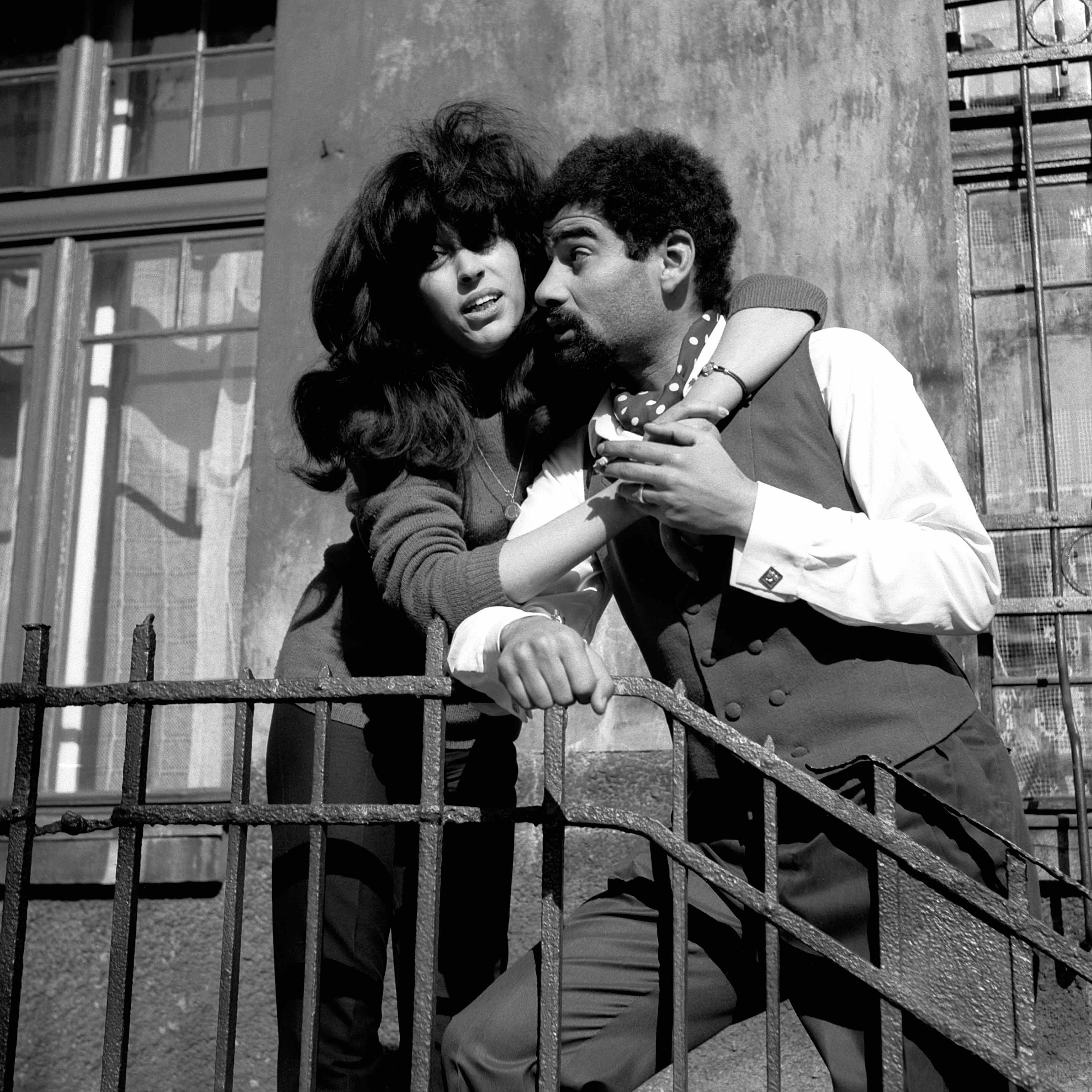 2.1
2.1 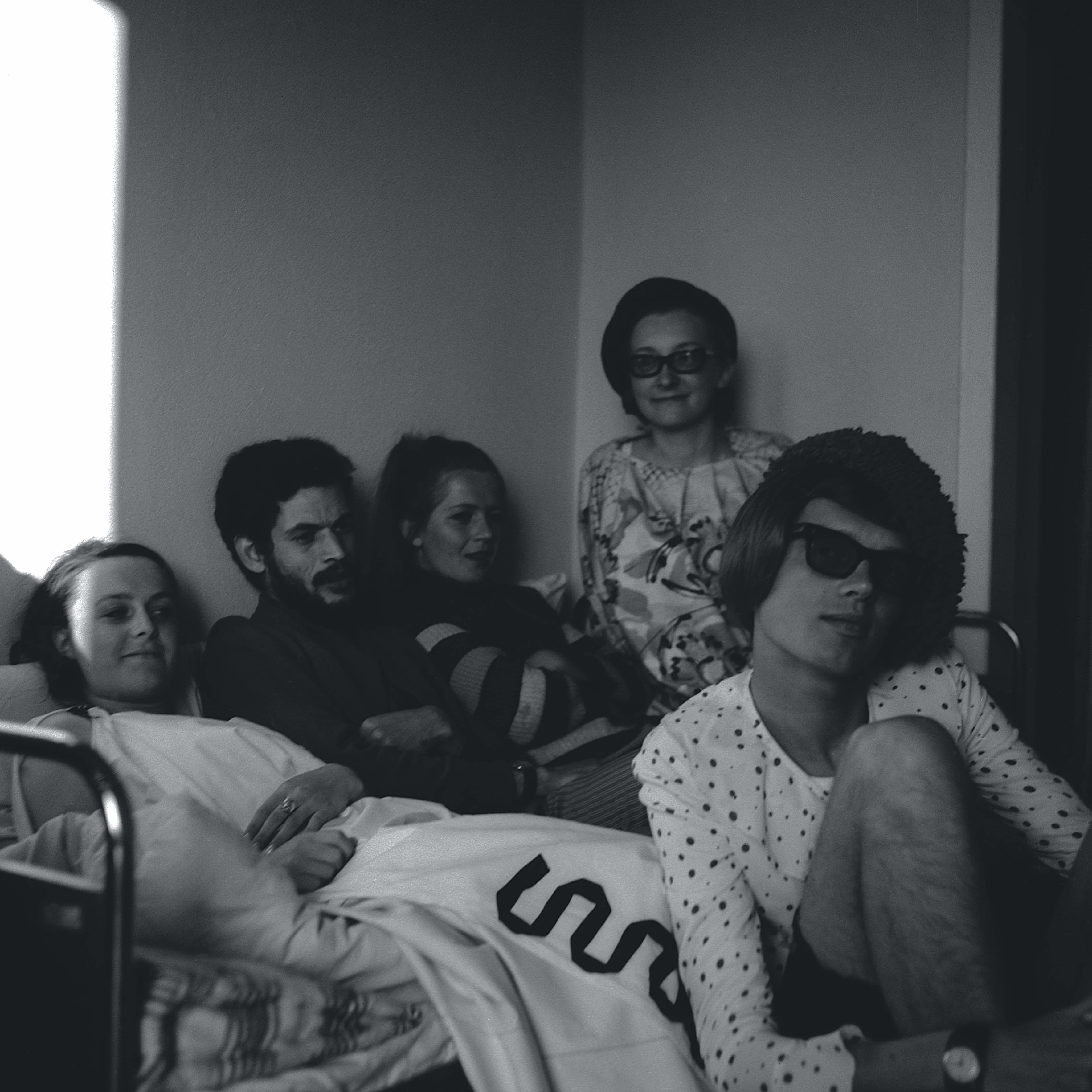
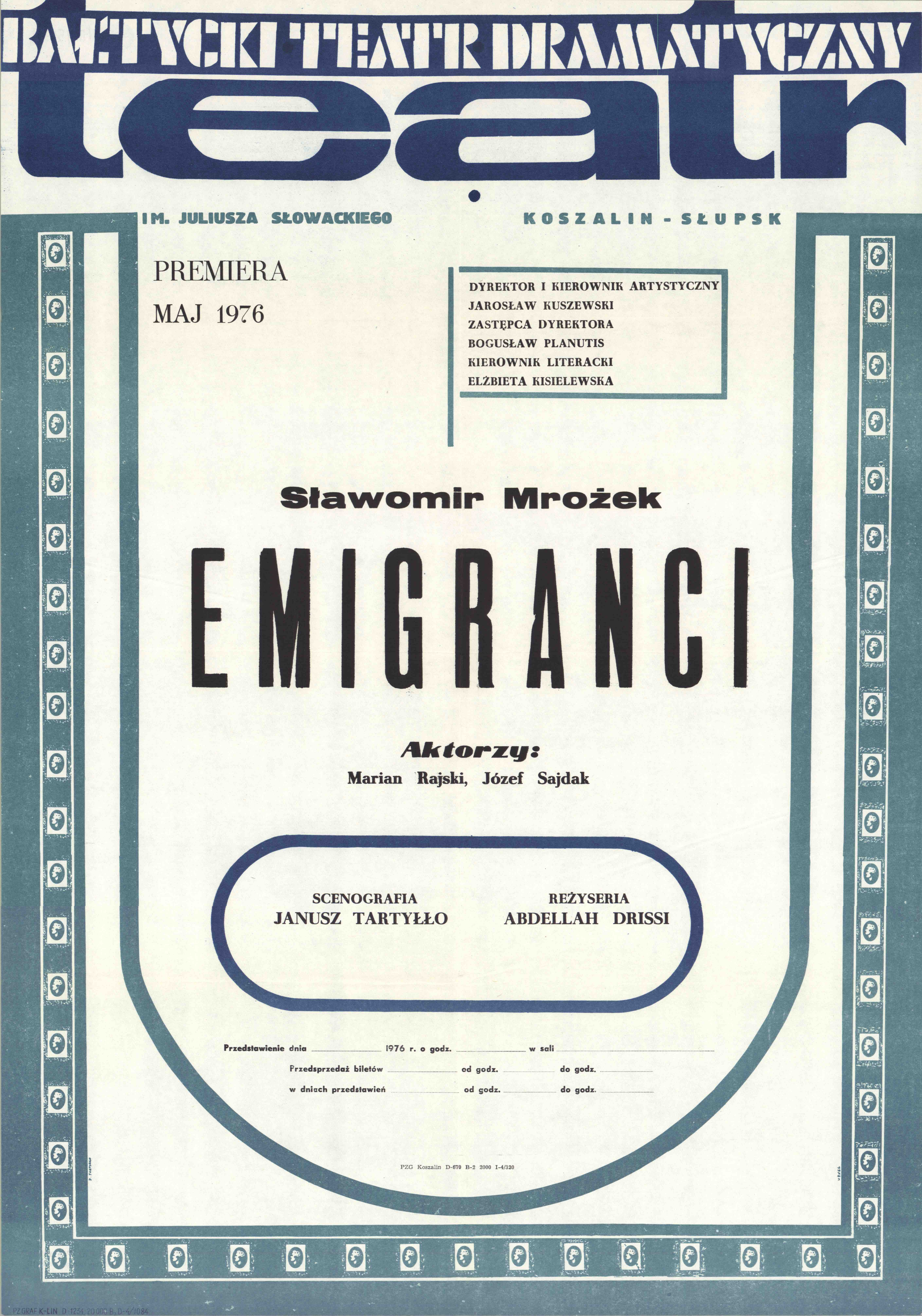

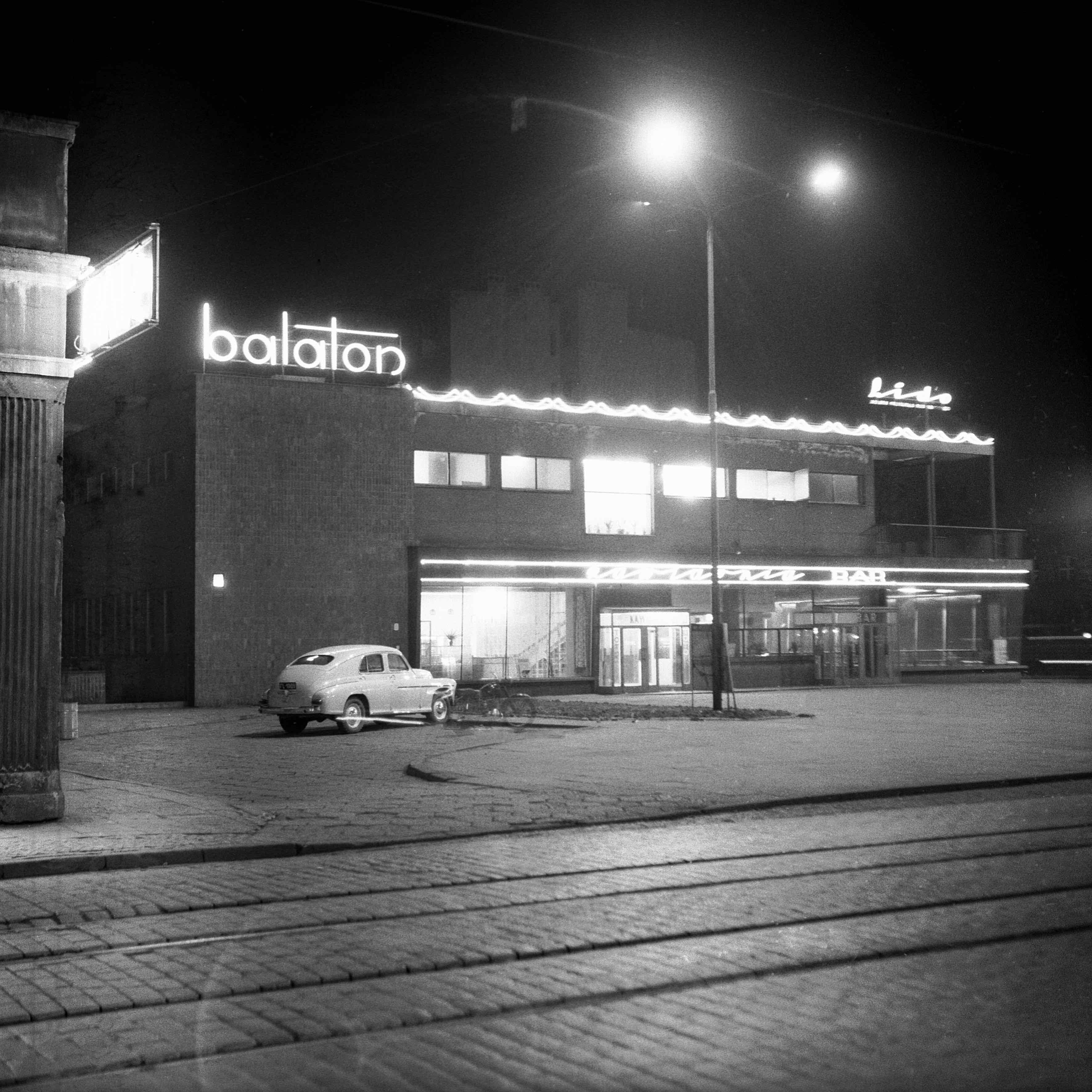
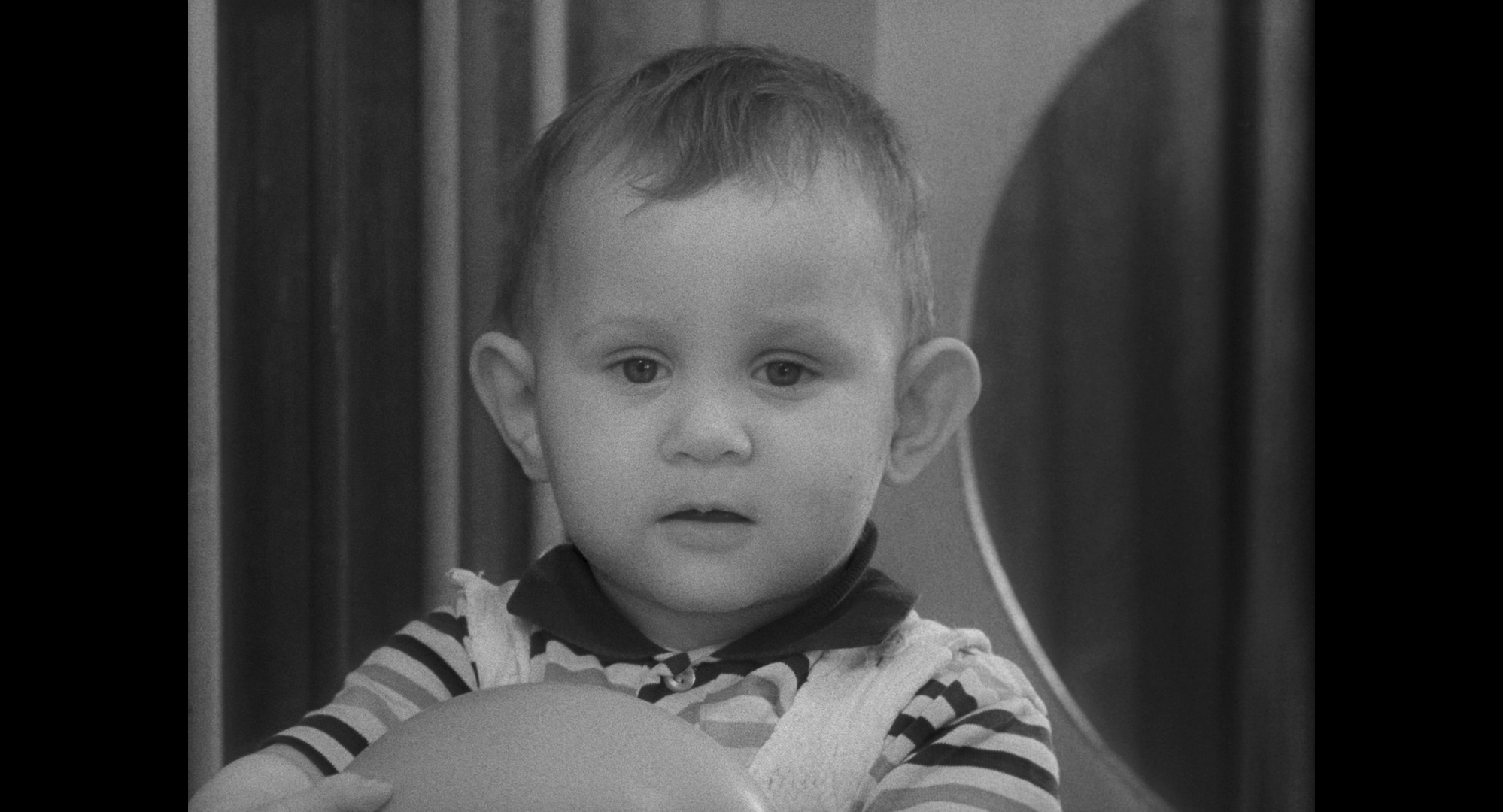
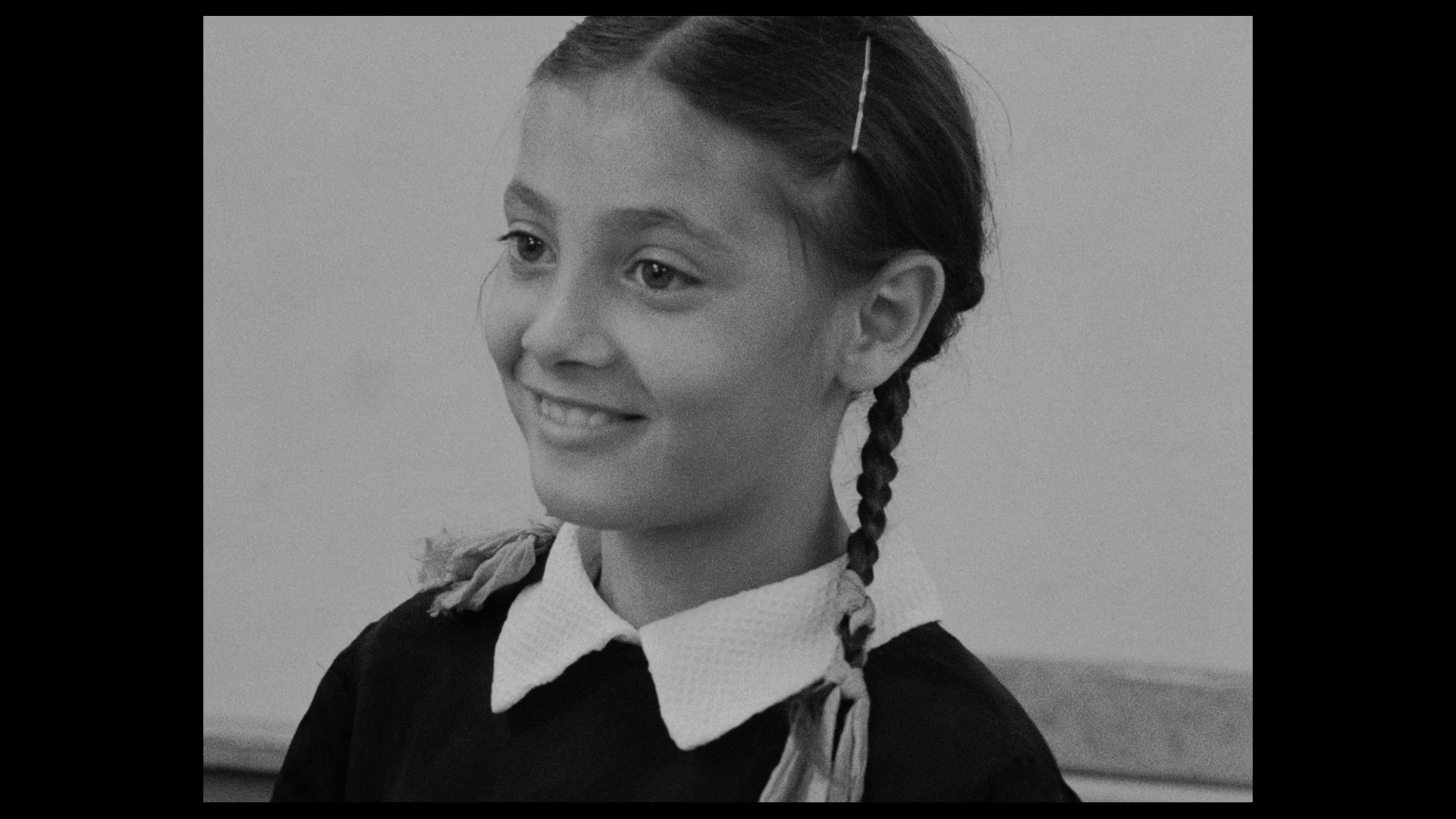 2.7
2.7 